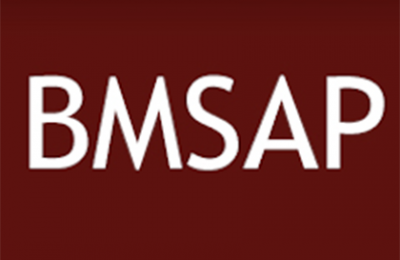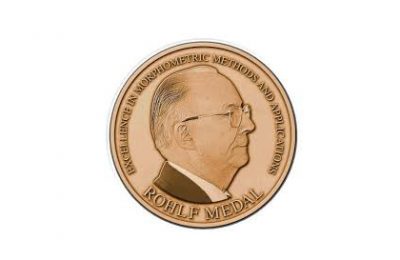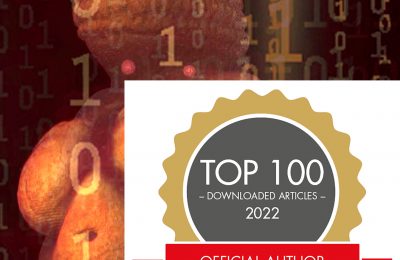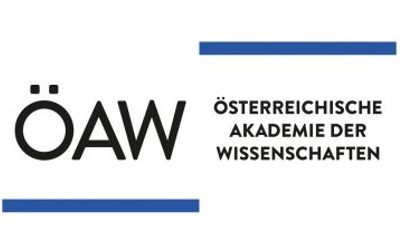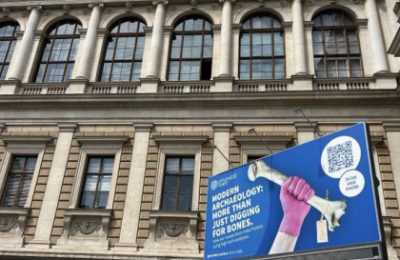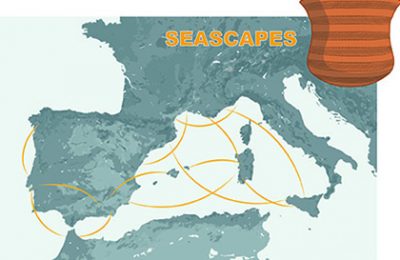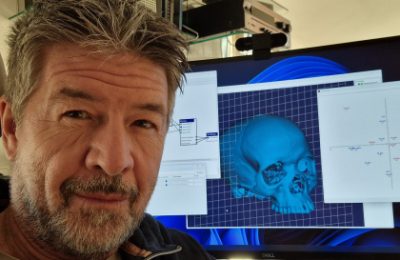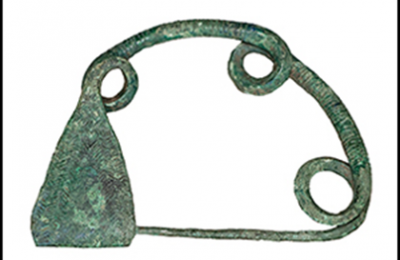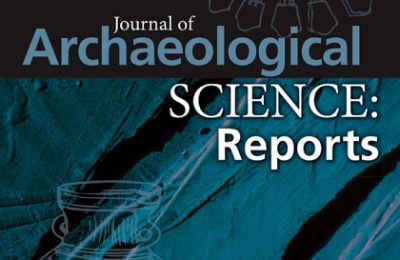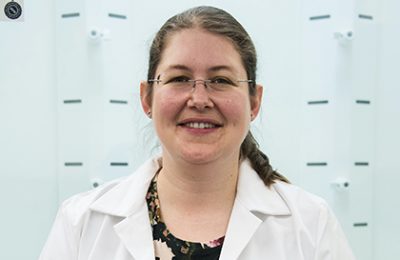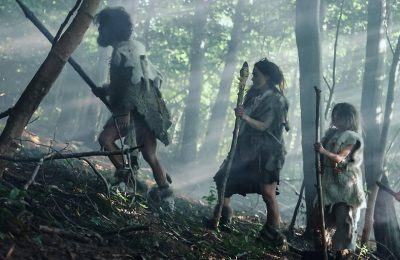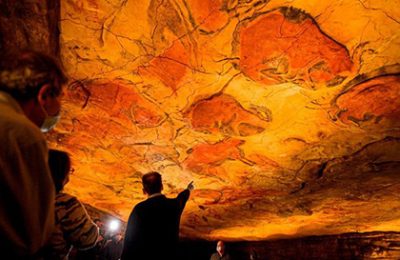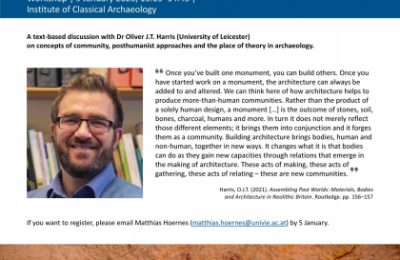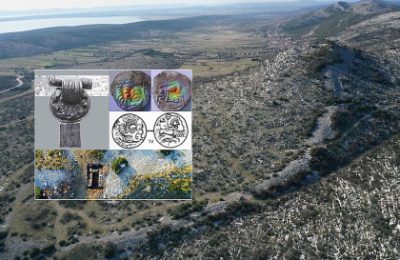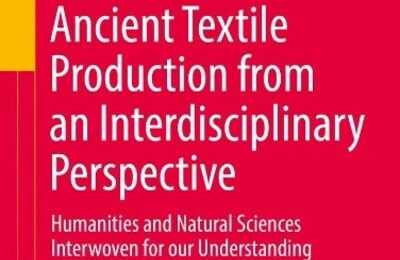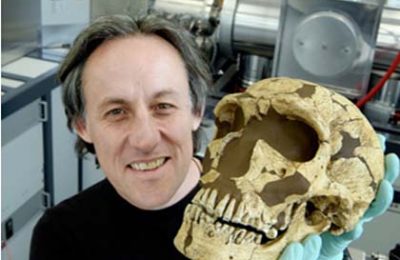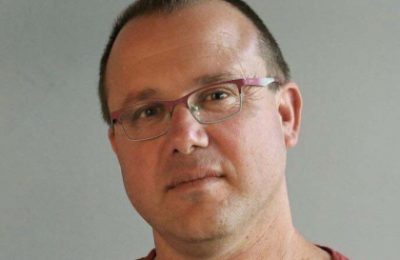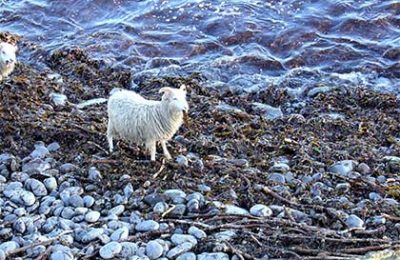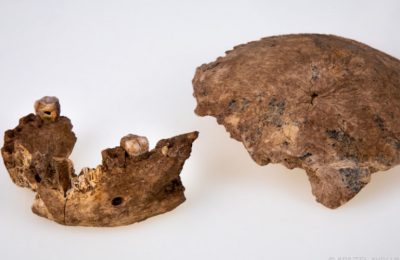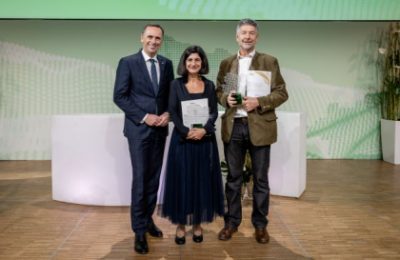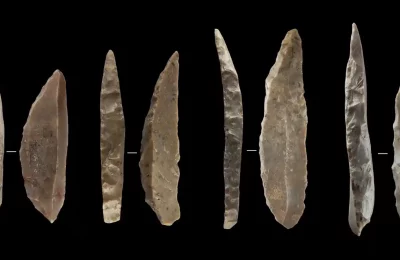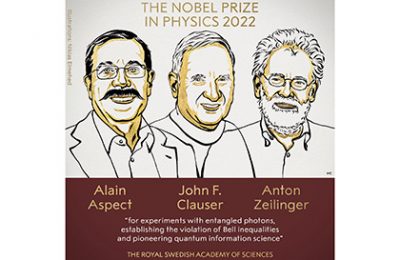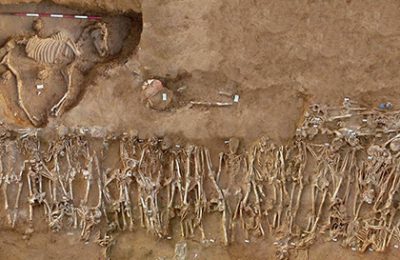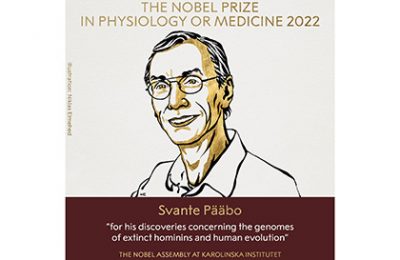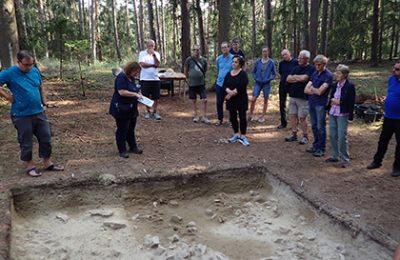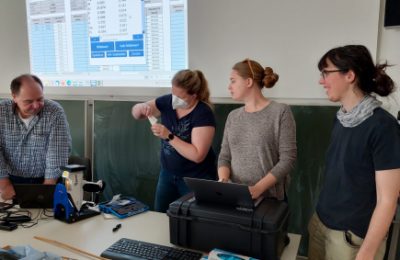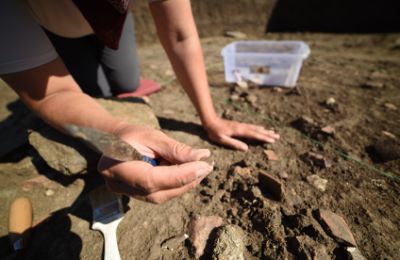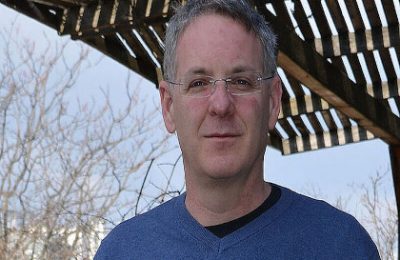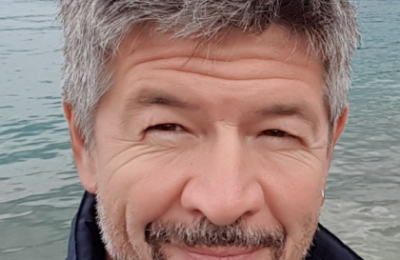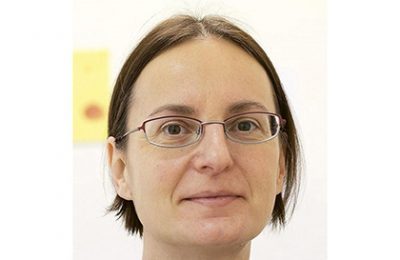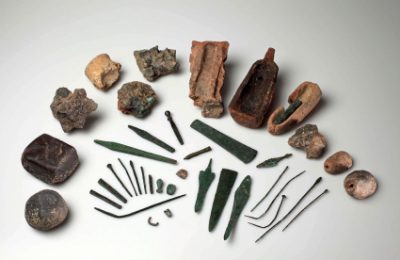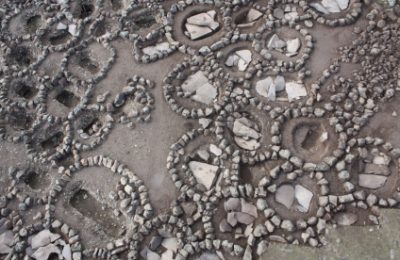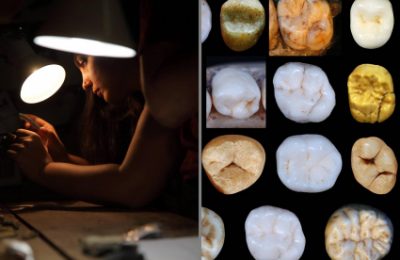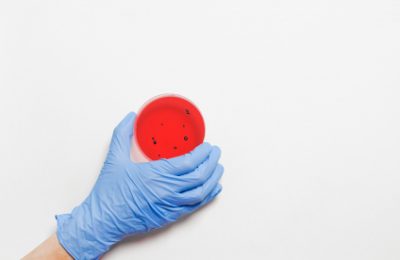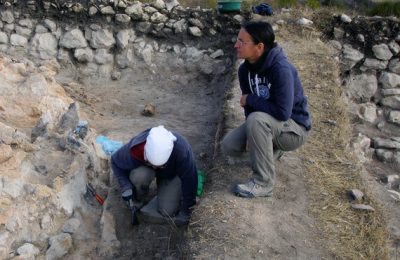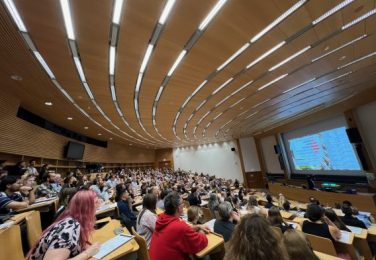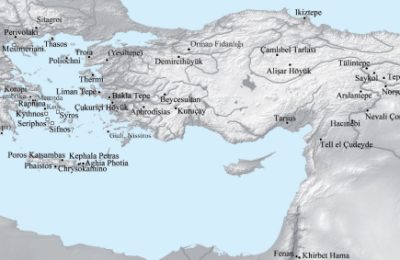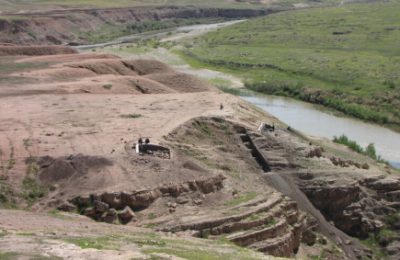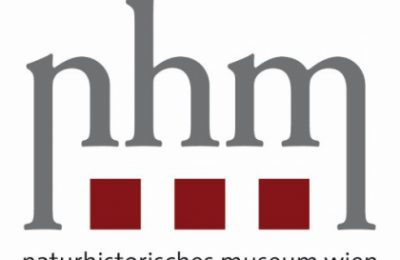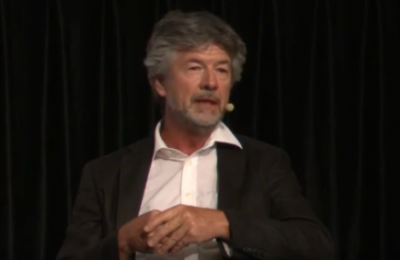Call for Papers – Bulletins et Mémoires de la Société d’Anthropologie de Paris
Dear Colleagues, It is our pleasure to invite you to submit your contributions to Bulletins et Mémoires de la Société d'Anthropologie de Paris (BMSAP; published by OpenEditions, Diamond Open Access = free for authors and readers). We wish to regroup in two special issues of the BMSAP to be published in 2024, under the format "note" (no more than 30,000 characters including spaces) in English or in French (see "author guidelines" in copy), contributions based on original data or reviews in the specific fields related to the two following topics (see below for more details): - "Invasive, micro-invasive and non-invasive analysis of anthropobiological remains. How and why?" - "Current views on women in past societies: social constructions, biocultural perspectives and archaeo-anthropological insights" If you are interested in participating to these special issues of the BMSAP, please let us know by April 30th, 2023. Feel free to circulate this call to colleagues who might be interested to participate to this special issue. All manuscripts will have to be submitted to: redacchef@sapweb.fr, preferentially before June 30th, 2023. Please specify in the subject of the submission message: "Note Session" + the topic. We thank you for your interest in this editorial project and remain at your disposal for any additional information. Yours sincerely, For the Editorial Committee of the BMSAP, Anne Le Maître…
